Partial HDI Technology in the HDI pool
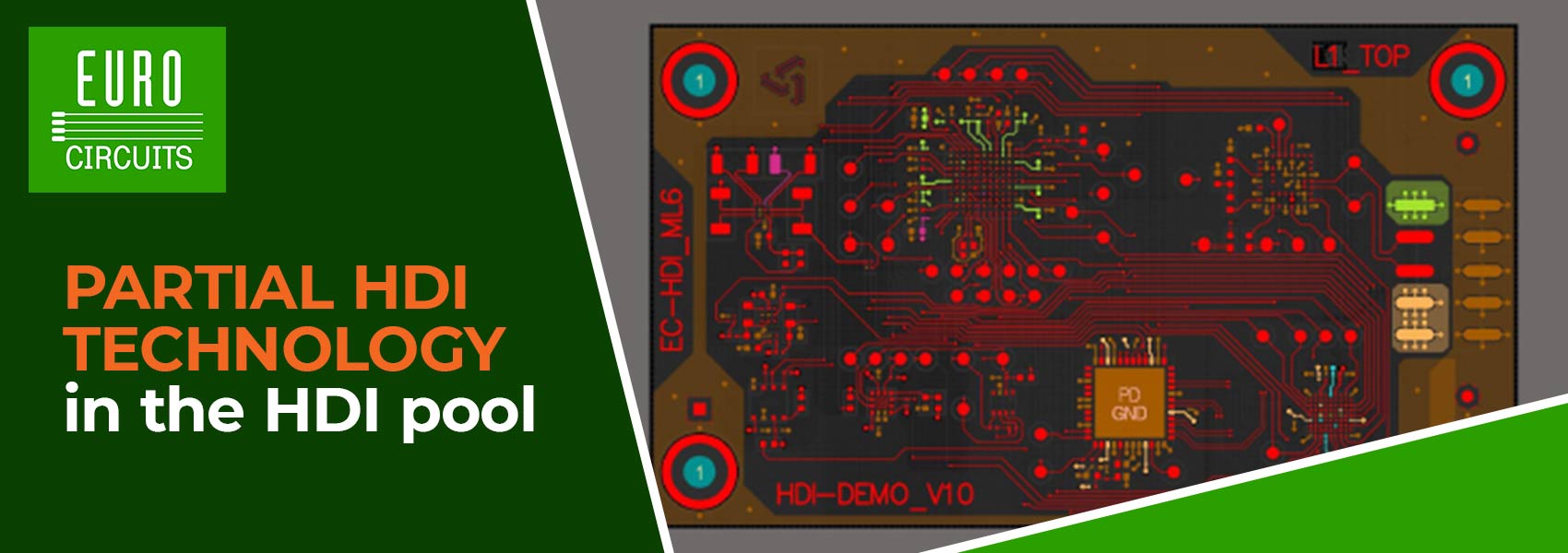
Partial HDI technology in the HDI pool
Efficient solutions for complex design challenges
More and more electronic designs include individual components with very fine pitches – such as MicroBGAs, CSPs, or two-row QFNs. These components originate from mobile applications and are increasingly used in IoT-enabled and low-power systems.
Standard multilayer technology reaches its limits here:
- Inner contacts can no longer be routed reliably.
- Via stubs degrade signal quality in high-speed designs.
- Thermal pads require targeted connection strategies.
While a full HDI build would solve these issues technically, it is often too time-consuming and costly for prototypes or small series.
The alternative: Partial HDI technology in the Eurocircuits HDI pool.
This approach is ideal when only a few fine-pitch components need to be safely integrated into a design. Eurocircuits combines targeted Microvia technology with standard multilayer processes and cost-efficient pooling.
In the HDI pool, 6- or 8-layer multilayers with 2 microvia layers on one side of the PCB (partial) are available. Staggered microvias with a drill diameter of 100 µm are used, which are laser-drilled between L1-L2 and mechanically drilled between L2-L3. The microvias between L1-L2 are electroplated with copper. This allows for standard via-in-pad without voids or soldering problems and ensures safe, space-saving routing even at 0.4 mm pitch. Compared to a full HDI multilayer, the design is simpler, faster, and more cost-effective to manufacture.
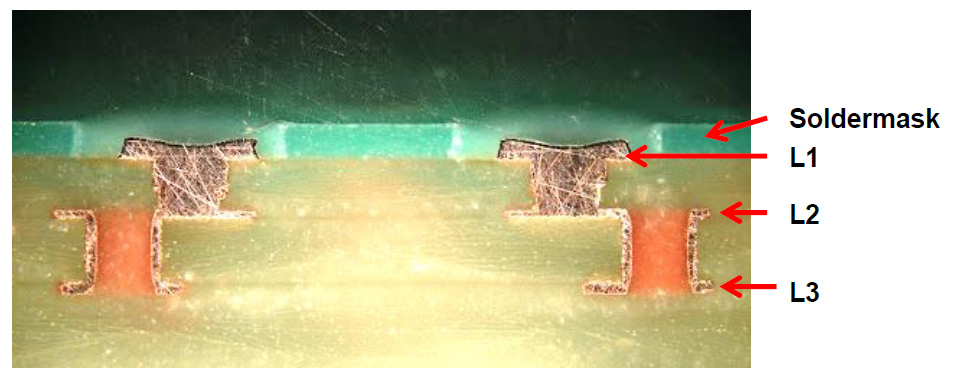
To demonstrate how PCB designers can precisely route MicroBGAs, achieve stub-free high-speed routing, and thermally connect QFNs, the HDI design experts at CIBOARD electronic created a practical 6 layer demonstration board with real components.
🟠 Example 1: BGA Integration with 0.5 mm Pitch
Example: Routing a µBGA16 (4×4 pins) with 0.5 mm pitch
- High pin utilisation
- Signal routing on L1 and L3
- L2 as GND reference plane
- GND connection via Microvias (L1/L2)
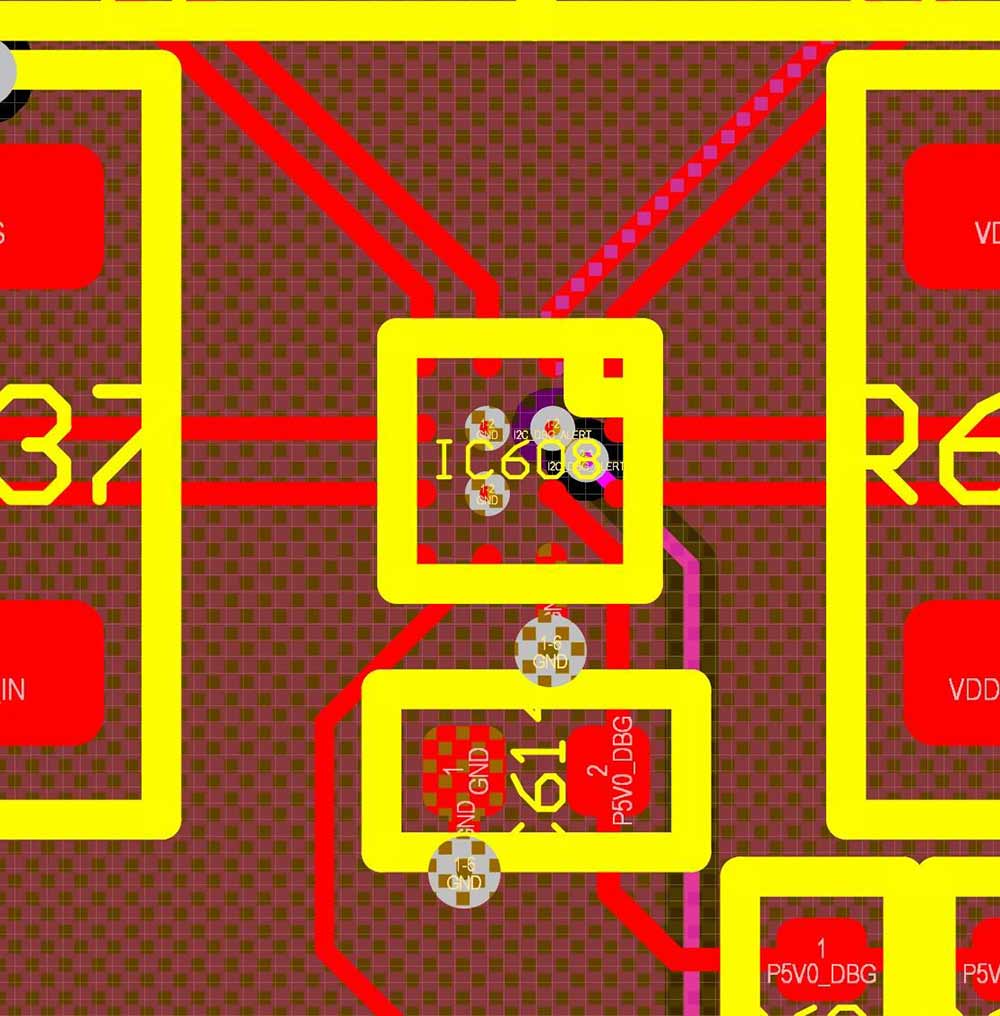
➡️ Benefit: Compact layouts with stable reference planes and good EMC performance — without a full HDI stack-up.
🟡 Example 2: High-Speed Designs and Impedance Control
Partial HDI technology enables stub-free routing of differential pairs, significantly improving signal integrity and EMC performance.
Example: MicroBGA81 (11×11 pins) with 0.4 mm pitch
- Medium pin utilisation
- High-speed differential pairs
- Direct L1–L3 routing with L2 as reference plane (GND)
This approach eliminates via stubs, reduces reflections and allows for clean impedance control.
💡 Pro Tip: Keep reference planes consistent, avoid unnecessary layer transitions, plan for stub-free L1–L3 routing in high-speed designs.
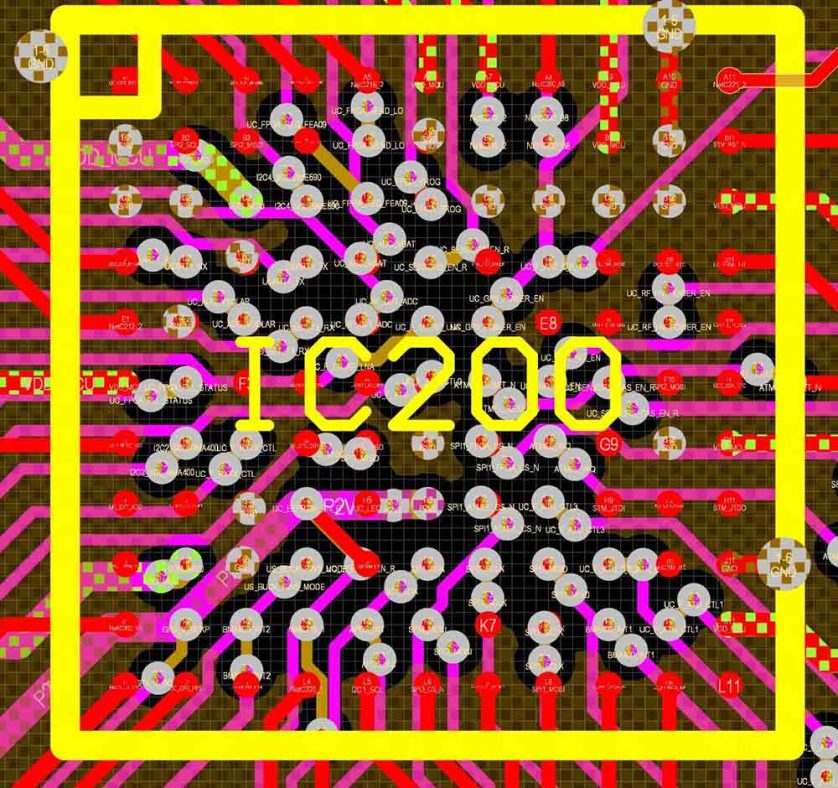
➡️ Benefit: Improved signal integrity and reliable operation at high data rates — without the effort of a full HDI design.
🔵 Example 3: Thermal Management for QFNs
Thermally critical pads also benefit from partial HDI technology.
Example: QFN48 with 0.5 mm pitch
- The thermal pad is connected directly to the GND reference plane (L2) using copper-filled Microvias.
- Additional Microvias between L2 and L3 improve heat spreading.
- Because the Microvias are planar filled, no soldering issues occur as with open TH vias in the pad.
💡 Pro Tip: Place thermal vias strategically in the pad area to reliably transfer heat into the inner layers while maintaining solder quality.
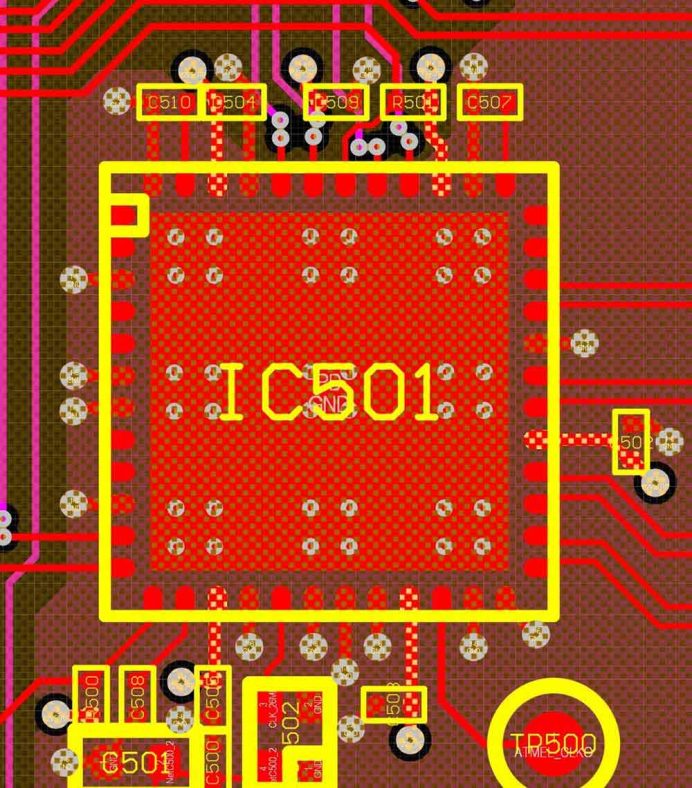
➡️ Benefit: Efficient thermal management, improved reliability and longer component lifetime for power-dense devices.
💻 EDA Integration & Cost-Efficient Manufacturing
The HDI pool provides predefined 6- and 8-layer stack-ups, Altium Designer templates, and an impedance calculator. With these Altium rules, designers can route directly in their CAD tool using the correct parameters and then upload their data to the Eurocircuits Visualizer. The Visualizer automatically runs DRC/DFM checks, provides instant price and lead time, and ensures that the layout is fully pool-compatible.
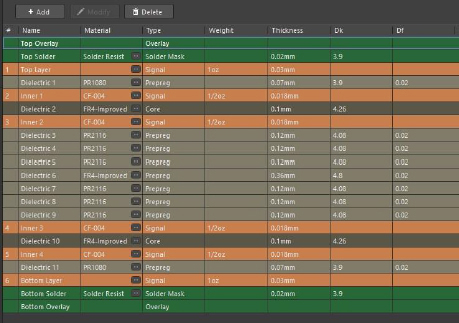
👉 Try it now: Upload your design to the Eurocircuits Visualizer, check it online for manufacturability and start your partial HDI PCB right away.
Many thanks to the team at CIBOARD electronic for providing the examples, graphics and design tips.





